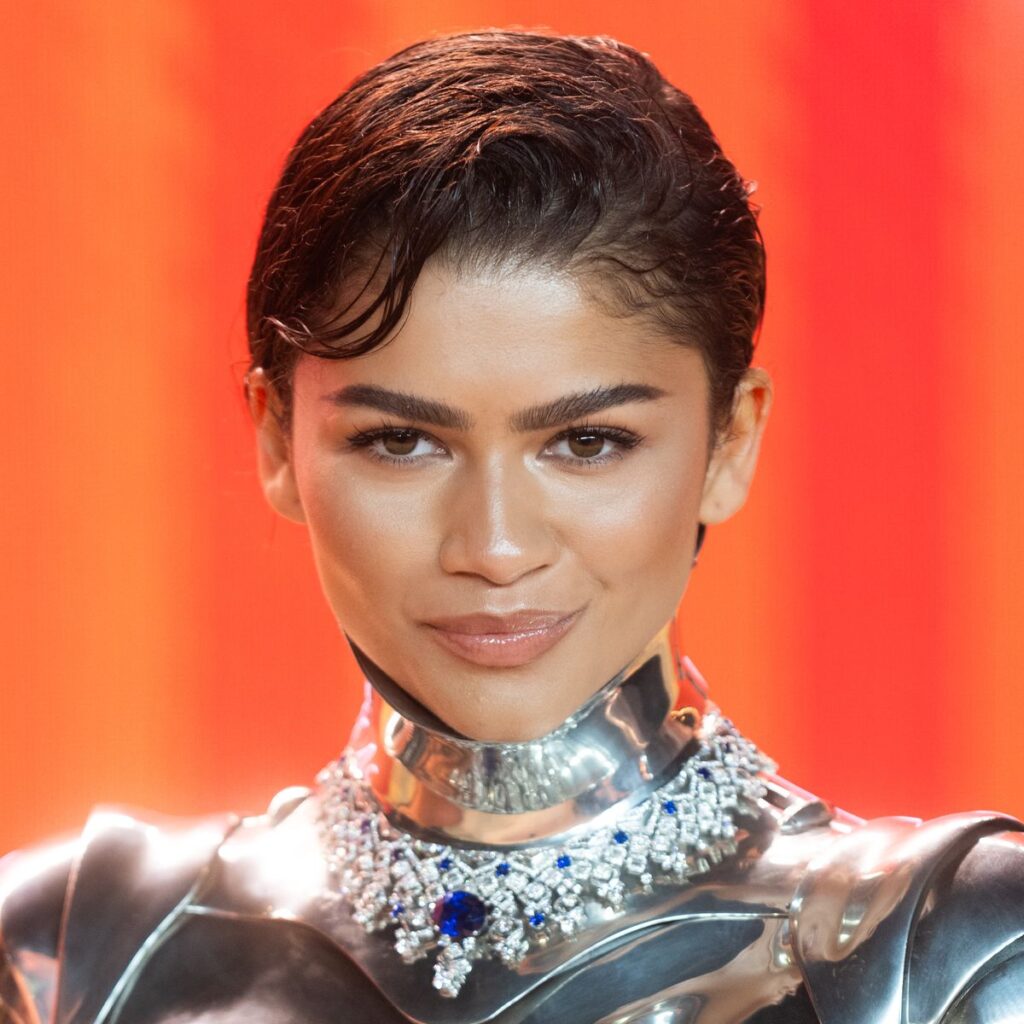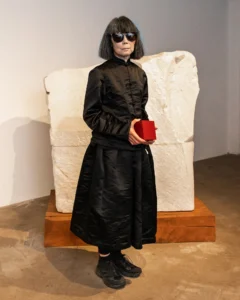Zendaya’s ‘Dune’ Ensemble from the Mugler Archive: Unveiling Its Subtle Feminist Message

In Fritz Lang’s 1927 silent masterpiece “Metropolis,” the enigmatic figure of the woman, portrayed by Brigitte Helm, raises intriguing questions: is she shielded or ensnared? Helm’s portrayal of a woman, a robot, and a robot disguised as a woman, complete with mechanical movements and exaggerated features, leans towards the latter interpretation. Clad in a robotic costume designed by Walter Schulze-Mittendorff, Helm endured discomfort and injuries during the nine-day shoot, particularly in the harsh Berlin winter.
Thierry Mugler, the renowned French fashion designer, drew direct inspiration from Lang’s film and its accompanying novel by Thea von Harbou, Lang’s wife and the film’s scriptwriter. Mugler’s iconic ‘Maschinenmensch’ suit, donned by Zendaya at the London premiere of “Dune: Part Two,” pays homage to this seminal work. In both the film and the novel, the robot woman emerges as a powerful yet unsettling symbol of sexual fascination and potential peril, reflecting contemporary fears surrounding the dehumanizing effects of industrialization.
“Metropolis” is anything but subtle. Set in 2026, it depicts a stark urban landscape characterized by towering, angular structures—a dystopian vision where the affluent revel in luxury within art deco skyscrapers while the laboring masses toil beneath them to sustain the city’s power generator, the ‘Heart Machine.’ The film unfolds a narrative of conflict, intrigue, and revelation as tensions simmer between the ruling elite and the oppressed laborers, catalyzed by the enigmatic scientist Rotwang, a figure reminiscent of a futuristic Dr. Frankenstein and the creator of the renowned robot.
Repurposed article originally published in the Elle









